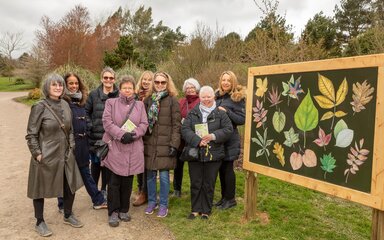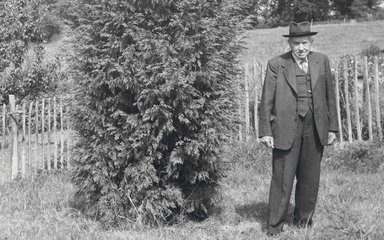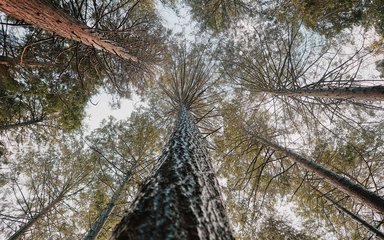In the 100 years since it was established in 1925, Bedgebury National Pinetum has transformed from a pioneering conifer collection to a world leading centre for conservation. Join us in our centenary year as we not only explore our past and celebrate the present, but also look to the future and how to best protect our unique and globally significant collection of trees for generations to come. Read on to discover some of the key events in our history.
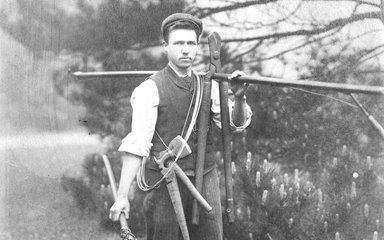
Where it all began
In 1925, the Forestry Commission – which had been established in 1919 - partnered with the Royal Botanic Gardens, Kew to relocate their conifer collection to protect it from London’s pollution.
Bedgebury, then a privately owned estate and passion project of the Beresford family, became the conifer collections' new home and under the guidance of conifer expert William Dallimore, it quickly became a hub for scientific interest, conservation, and inspired landscape planning.
During the period from 1924 to 1945, William Dallimore worked as curator of the pinetum. His diaries of this time record in detail the selection of Bedgebury as the site for the National Pinetum, the trees he planted and the challenges faced in establishing the collection.
Image Gallery
Click the thumbnail buttons below the large image to view the different images full size.
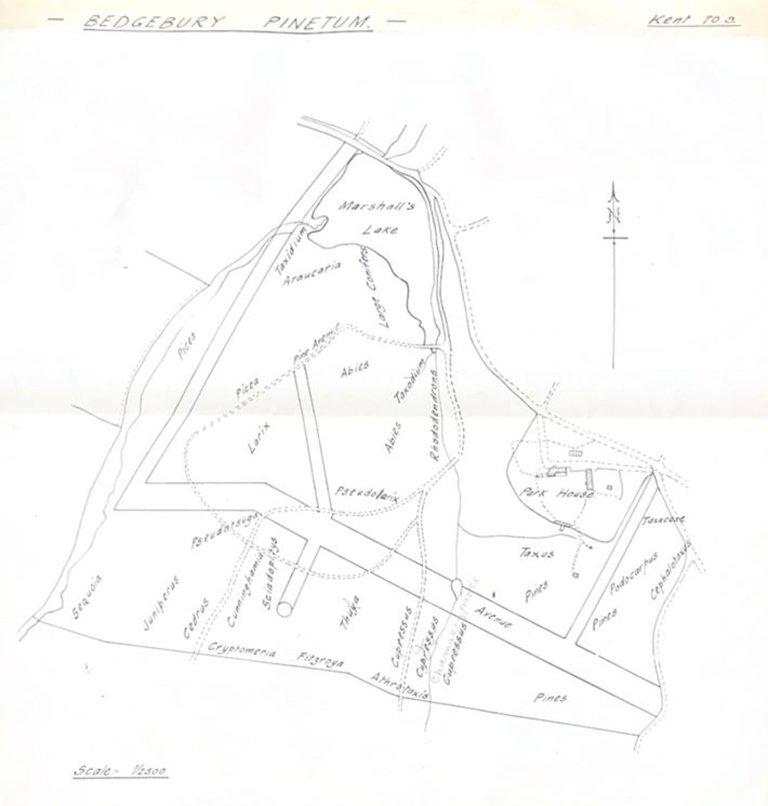
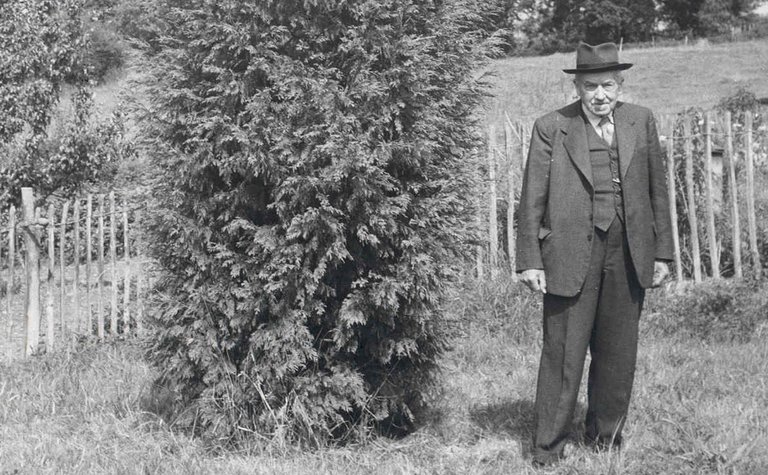
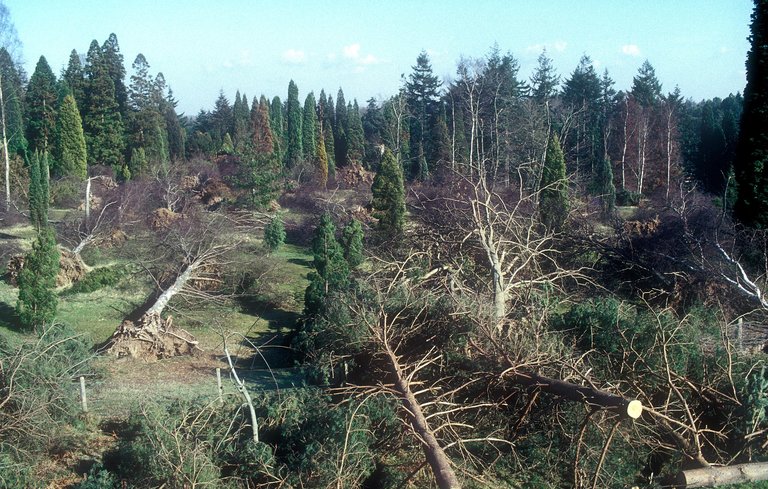
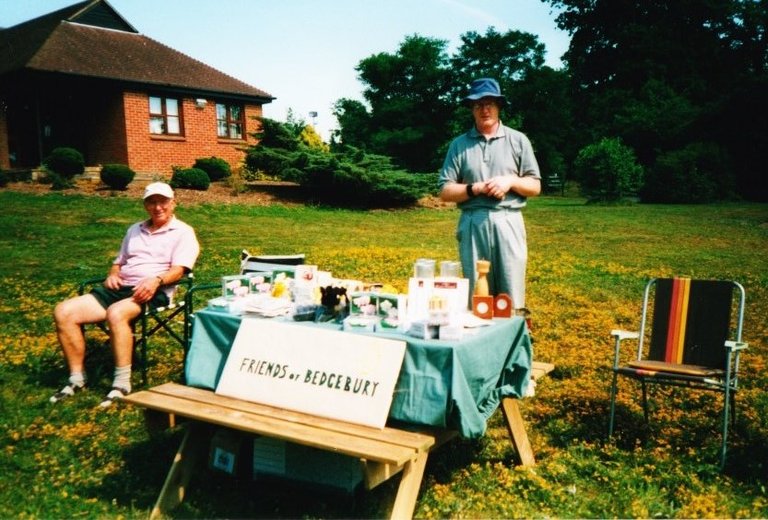
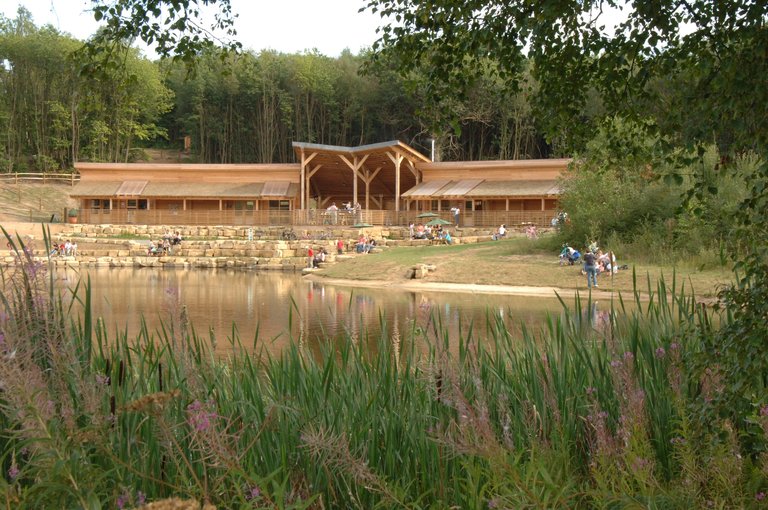
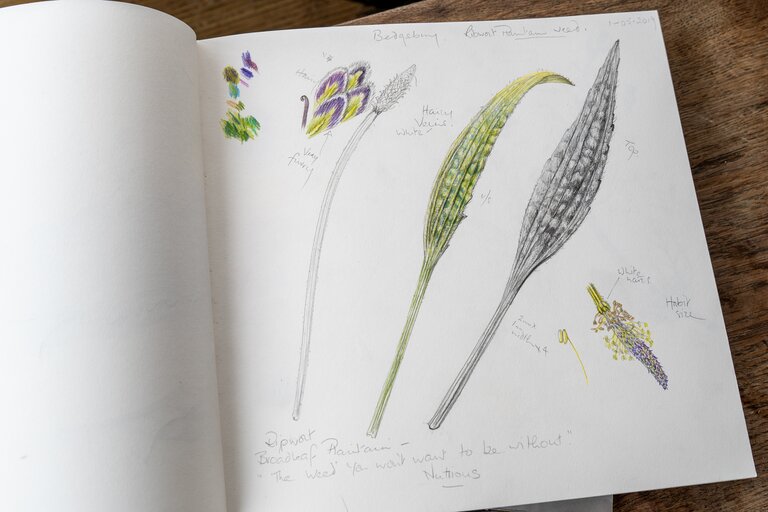
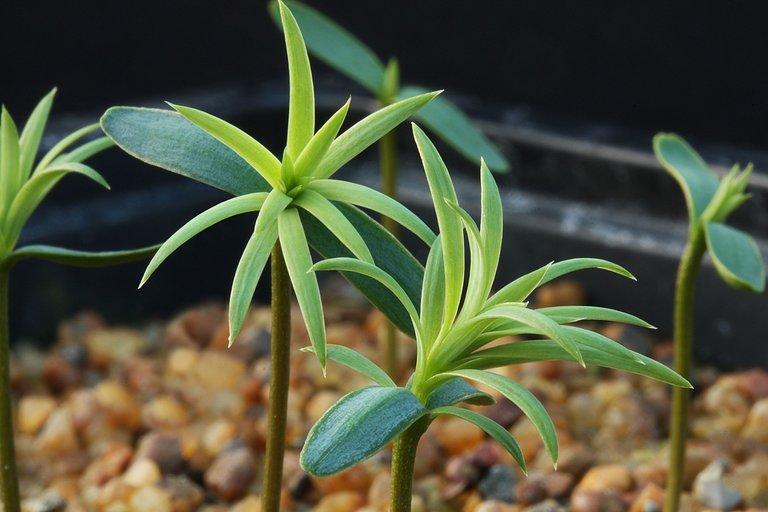
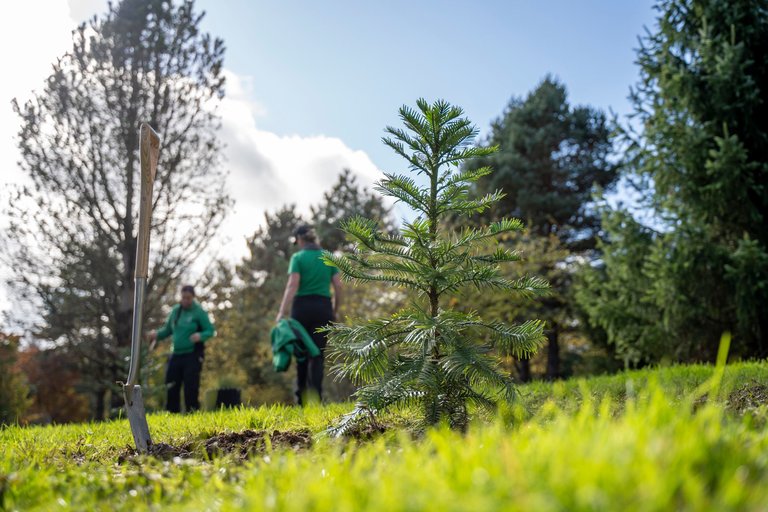
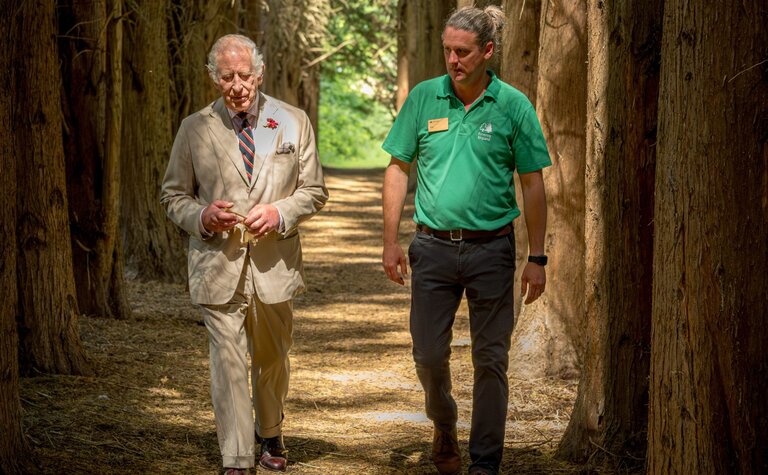
Bedgebury today: connecting people with trees
Today, Bedgebury is more than just a tree garden: it is a tree zoo. This living experiment is designed to help conserve some of the most unique and endangered species on Earth.
Bedgebury is part of a network of organisations across the world working to save the 34% of conifer species that are threatened with extinction.
Our efforts continue in the spirit of our founders, who historically engaged in plant hunting. But instead of collecting for fashion and prestige as they did, we focus on ensuring the survival of these species in the face of climate change, pests, and diseases.
Bedgebury as a living gene bank
As well as offering beautiful trees to more than 450,000 annual visitors, many of Bedgebury’s tree species are a living gene bank. They provide vital seeds, genetic material and research opportunities and help provide resilient trees for future forests, well adapted to changing climate conditions and pests and diseases.
To help protect the biodiversity of wild trees, Bedgebury National Pinetum grows more than 2,000 tree and shrub seedlings every year. Some are planted into the living collection and others are distributed to other botanic gardens and safe sites across the UK and Europe.
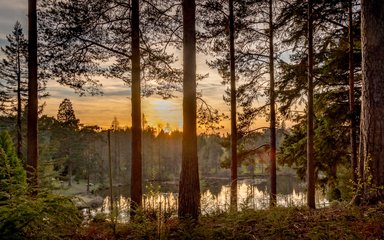
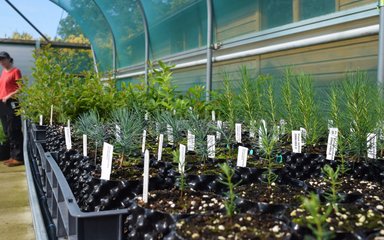
Planting for the next generation
Our work at Bedgebury is helping to create resilient forests for the future. Climate change, pests, and diseases are placing significant pressure on landscapes like ours, but we’re taking proactive steps to address these challenges.
We’re actively planting a greater diversity of species, testing trees that can withstand changing climates, while ensuring the National Pinetum continues to be for a home for wildlife and a destination for people.
Every tree we plant is for future generations. The decisions we make today will determine whether our forests can thrive in the future. By supporting our work and following biosecurity guidelines, every visitor can help in this mission.
Discover our centenary trees
To celebrate 100 years of the National Pinetum, we have introduced yellow tree labels for our century-old trees. These trees have been cared for and labelled by our dedicated team of Centenary tree volunteers, making it easier for visitors to identify these magnificent specimens.
Have you noticed our vibrant yellow labels?
There are 89 centenary trees remaining out of the original 315 planted in 1925. As you explore the National Pinetum, keep an eye out for these specially marked trees and take a moment to appreciate their history and resilience.
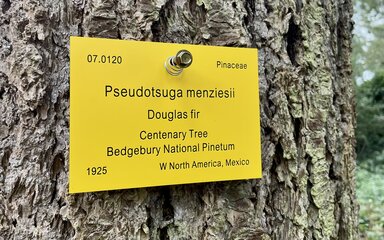
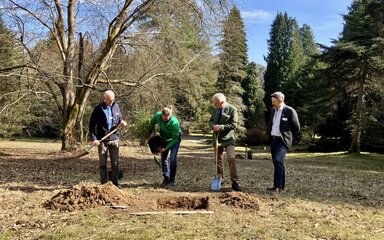
Centenary Planting Day
On 19 March 2025, Bedgebury National Pinetum celebrated its centenary with the planting of a Japanese hemlock, grown in the Bedgebury nursery from seed collected from the wild in Japan by the Bedgebury tree team. This marked 100 years since the first planting of the same tree by the Pinetum's first curator, William Dallimore.
"Our work in safeguarding rare conifers is crucial, as one-third of these species face extinction. Bedgebury’s collection acts as a vital gene bank for their survival against climate change and other threats.
Planting this exquisite Japanese hemlock tree today alongside partners from across the globe is a way of standing in the footsteps of William Dallimore. It is his vision and legacy in creating Bedgebury that allows us to shape the next hundred years of tree conservation here.”
-Daniel Luscombe, Bedgebury Pinetum Curator
Find this tree using what3words ///person.juicy.fast
His Majesty King Charles III visits
On 10 July 2025, His Majesty visited Bedgebury National Pinetum and helped staff to look after a recently planted rare and endangered tree, grown from seed collected by the Bedgebury team from the wild in Vietnam.
His Majesty was shown an endangered Vietnamese golden cypress (Xanthocyparis vietnamensis) at a beautiful location overlooking the visitor centre and lake, after seeing some of the highlights of the national conifer collection. He was given another Vietnamese golden cypress that will be grown at Windsor to help preserve the species.
“It was an honour to welcome His Majesty to Bedgebury National Pinetum during our centenary year. Ceremonies such as this are a wonderful chance to highlight Bedgebury’s core mission to be a world-leading centre for conifer conservation and a place that connects people with trees.”
- Jonathan Codd, Bedgebury General Manager
Find this tree using what3words ///ruffle.enchanted.reckons
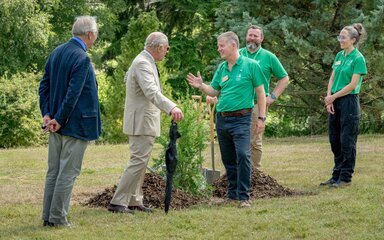
Play a role in Bedgebury's next 100 years
Whether you're reporting on tree health (check out Tree Alert), supporting our work through membership at Bedgebury National Pinetum and Forest, or visiting to learn about the importance of trees, everyone can contribute to preserving our trees for the future.


